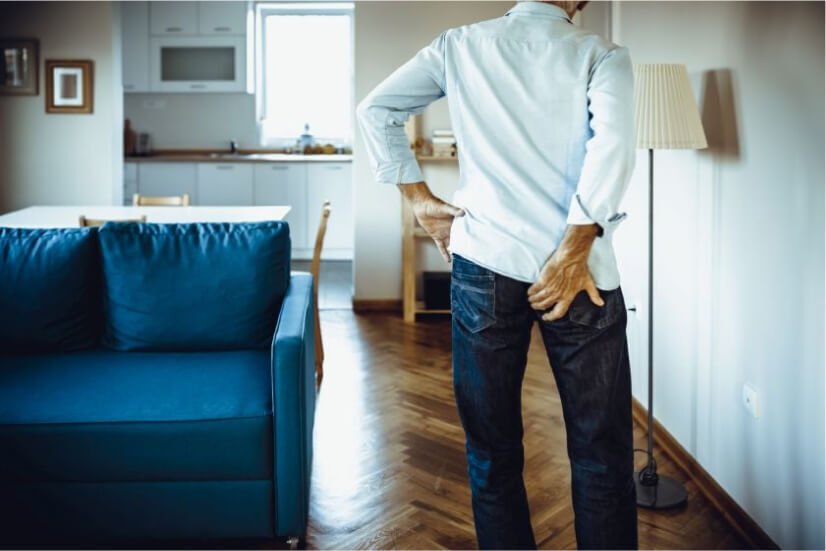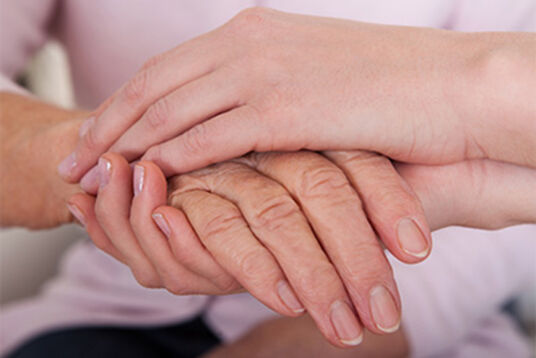Incontinence
Putting out the fire: how to stop the burning of skin damage caused by incontinence
by Molicare March 15, 2022

As anyone who has suffered from IAD will tell you, irritated skin exposed to urine is like experiencing a severe burn[1]. What starts off as a minor rash can rapidly become something that causes serious discomfort and distress. But the good news is that you can prevent it by taking some simple steps.
Incontinence changes our skin. The body’s largest organ, skin is our first line of defence against bacteria and infection. But if the sensitive genital area is repeatedly exposed to urine and frequent washing, our skin’s protective barrier there is weakened. And that can trigger a vicious circle of painful irritation, inflammation and infection called incontinence-associated dermatitis (IAD).
Before you see those first tell-tale signs of skin redness, you need to act fast to prevent minor irritation rapidly flaring up into something far worse. The key to prevention? Good skin care.
Clean
The first step: keeping the affected area clean and dry. For people living with incontinence, ordinary soap and water are not up to the job. The acid mantle, the skin’s natural barrier, can be damaged by both repeated washing as well as the alkaline properties of most soaps. That’s why for incontinence-affected skin, it’s important to cleanse with pH-balanced products.
MoliCare Skin Cleansing Foam and Moist Skin Care Tissues help you avoid the damage caused by frequent washing. Specifically formulated to maintain a healthy skin pH, they clean irritated skin gently and effectively, without the need to rinse.
Soothe and Protect
Prolonged exposure to urine or faeces can lead to painful skin break down. That’s why it’s important that your skin care routine includes products that protect. Use one that stimulates the skin’s natural defence system and helps to keep the skin healthy.
After cleaning, gently apply a thin layer of pH-balanced barrier cream to nourish and protect the area. Choose a cream that is specially formulated not to clog the continence product so that it can do its job of absorbing urine quickly. Also ensure the cream is transparent and can be removed easily so you can check for any signs of skin irritation.
MoliCare Skin Barrier Cream and MoliCare Skin Protection Foam have been specially designed to protect and nourish stressed, sensitive skin. They contain the Nutriskin Protection Complex with natural essential fatty acids, creatine, amino acids, and almond oil to strengthen and regenerate the skin’s own protective barrier. And both products deliver long-lasting protection by leaving a transparent film that stays on the skin.
Prevent
No one needs to endure the burning pain of inflamed, infected skin caused by incontinence. Before those first signs of skin irritation appear, you can prevent IAD from developing by choosing products that clean, soothe, and recharge the skin’s own protective mechanisms.
[1]Junkin J, Selekof JL. Beyond “diaper rash”: Incontinence-associated dermatitis: does it have you seeing red? Nursing 2008; 38(11 Suppl):56hn1-10; quiz 56hn10-1.


